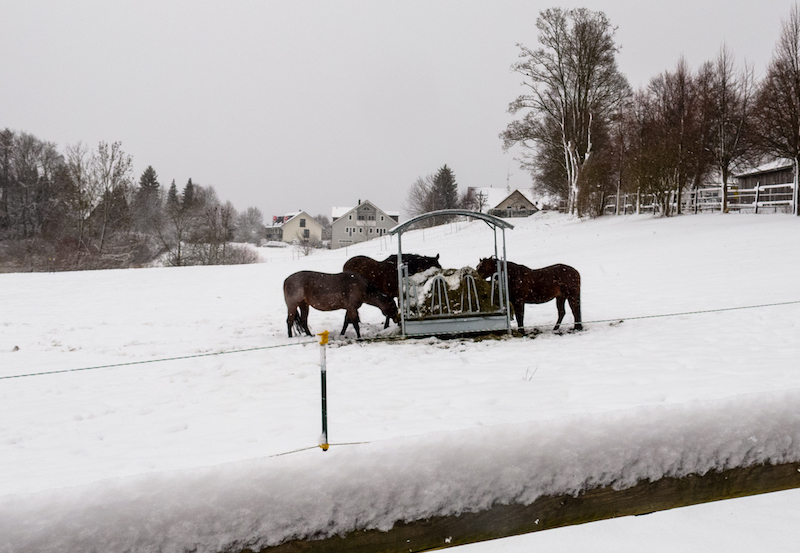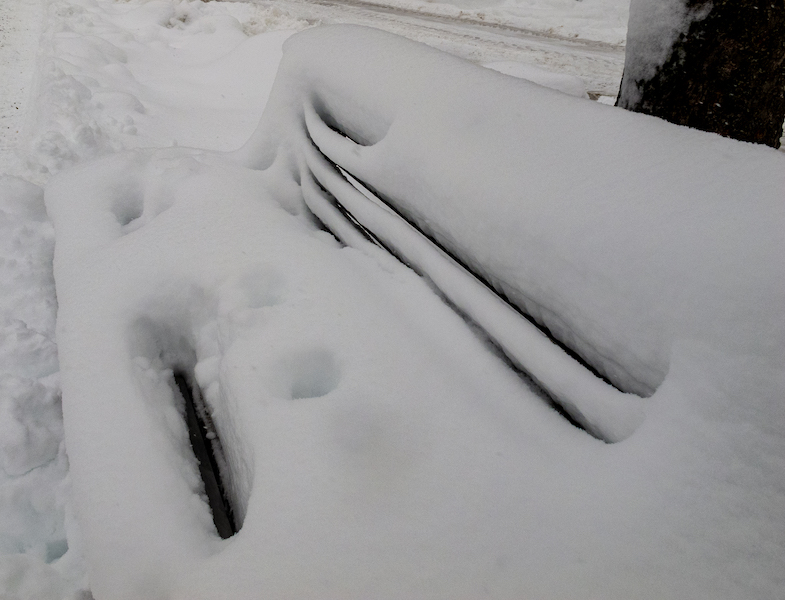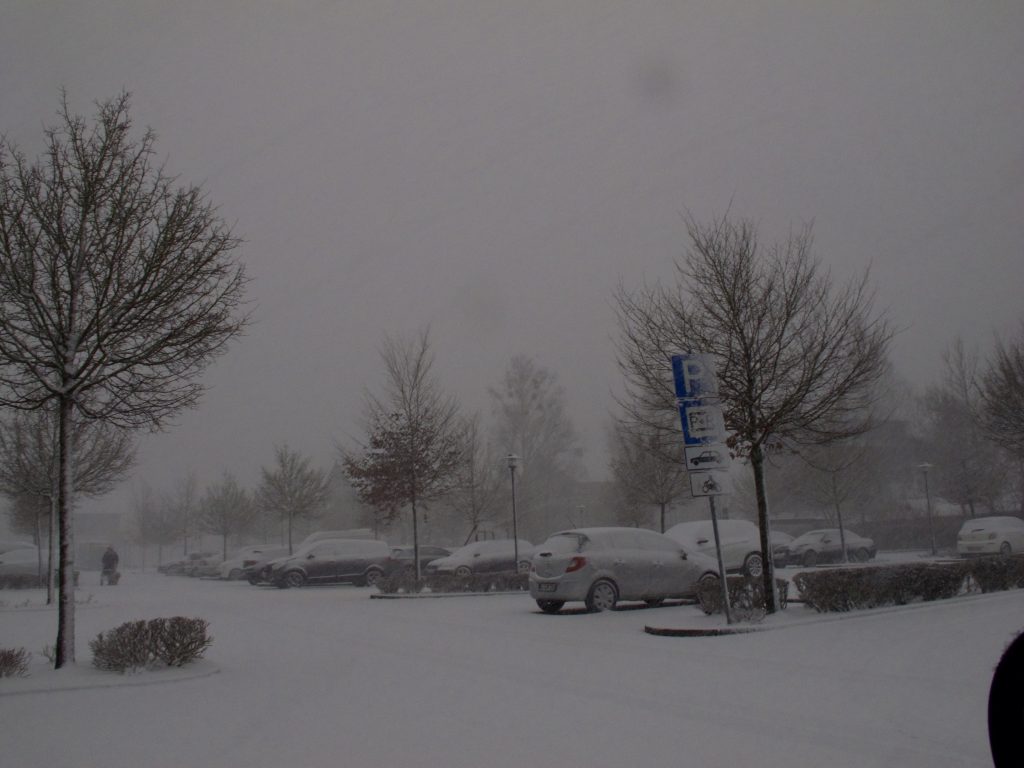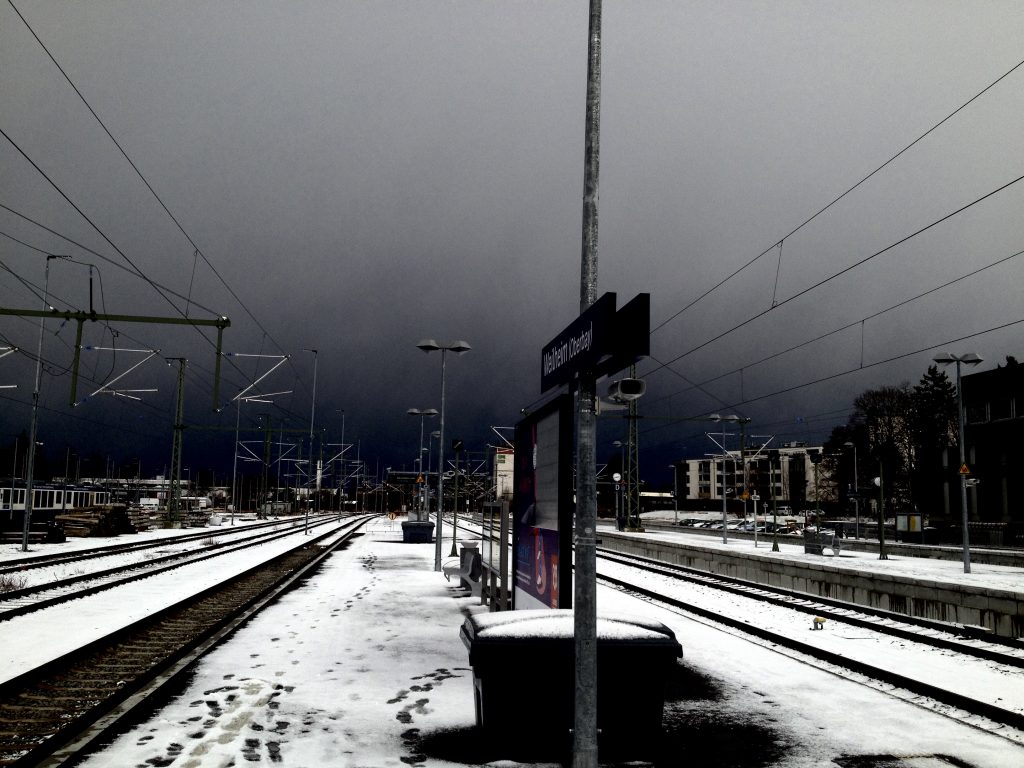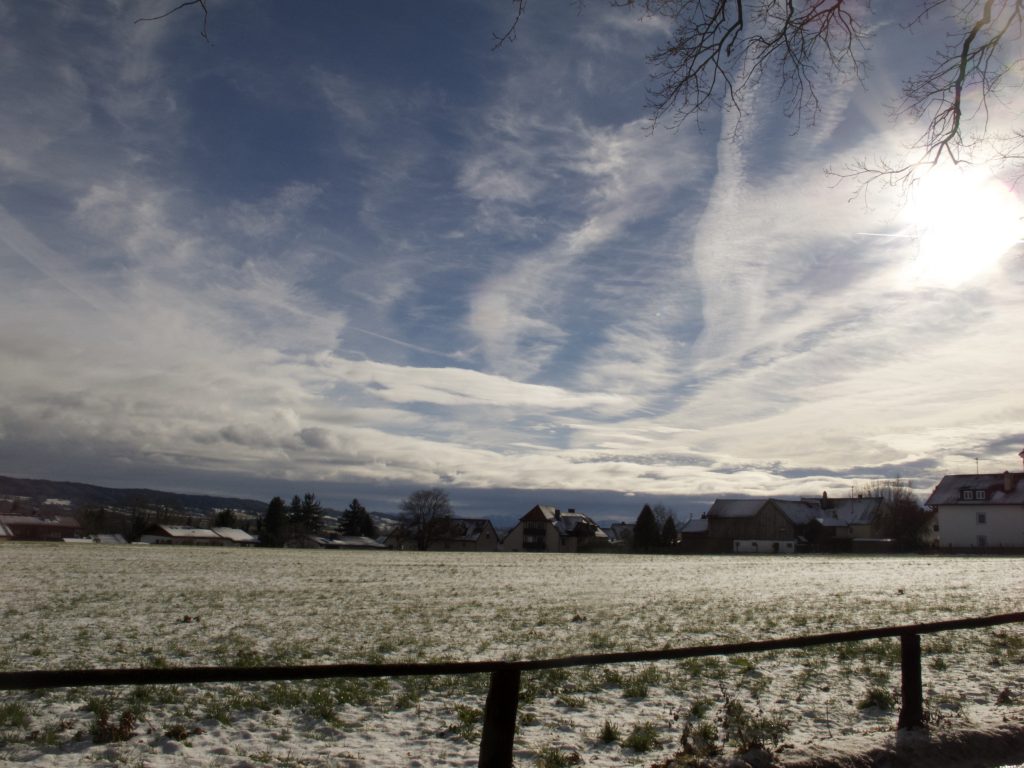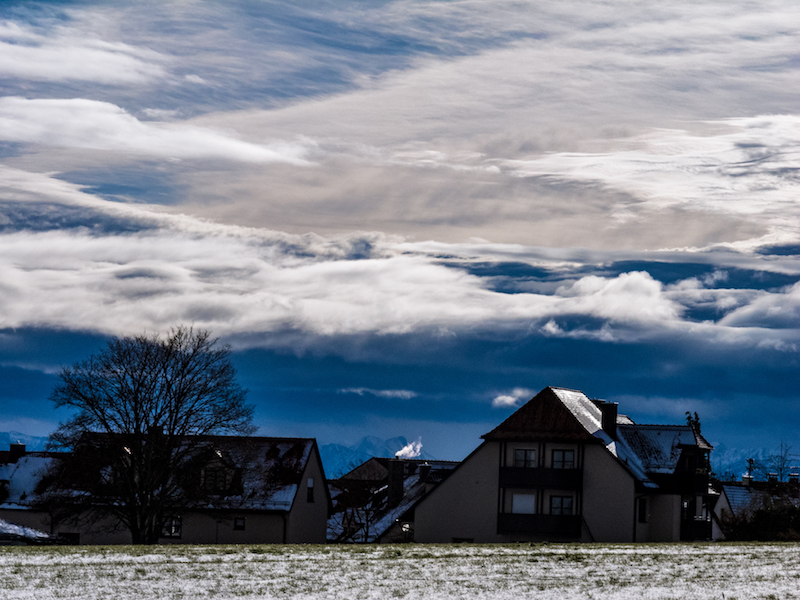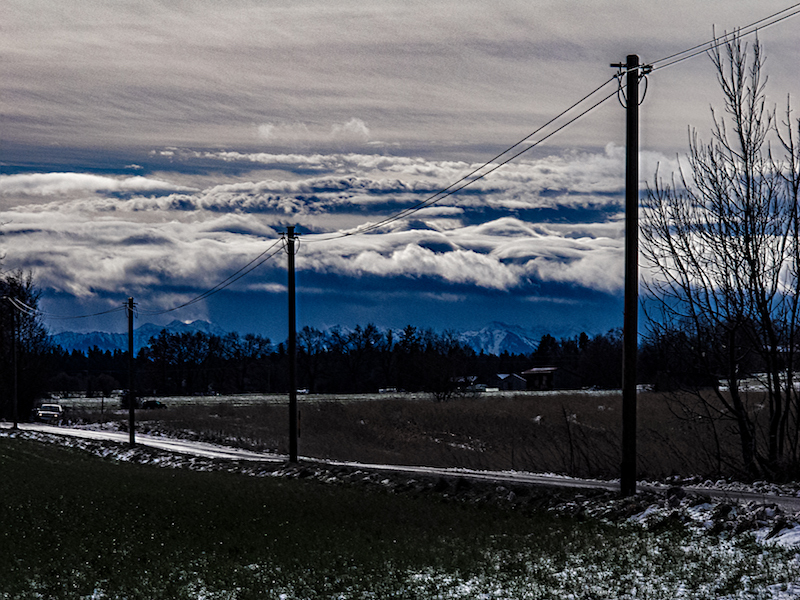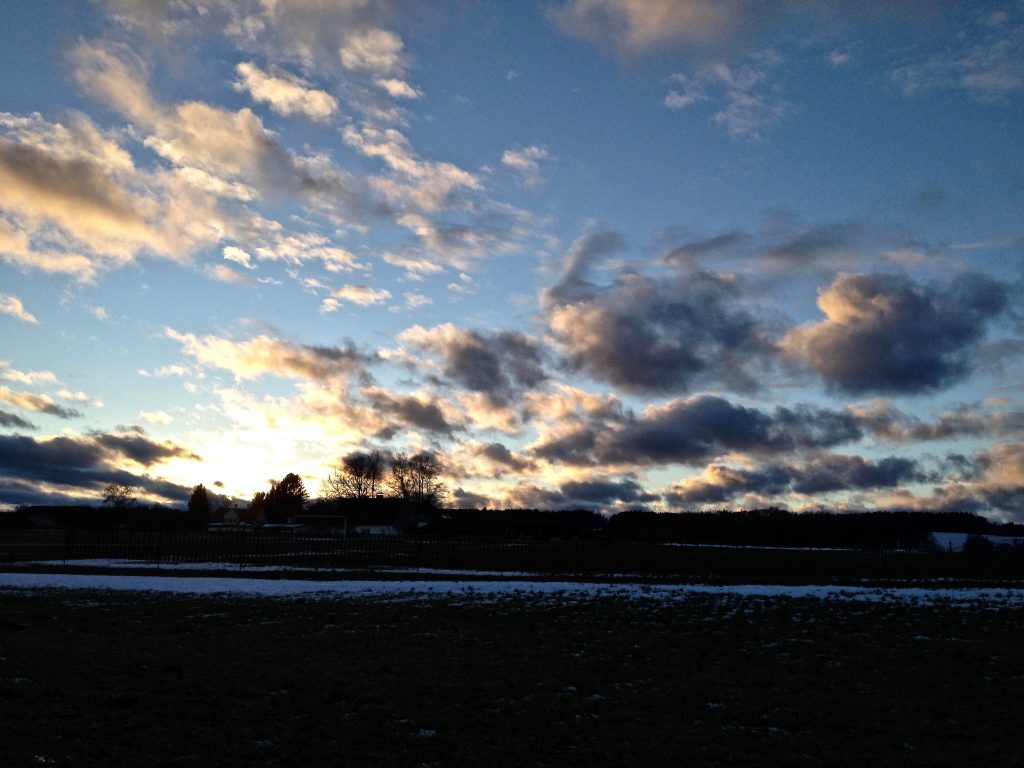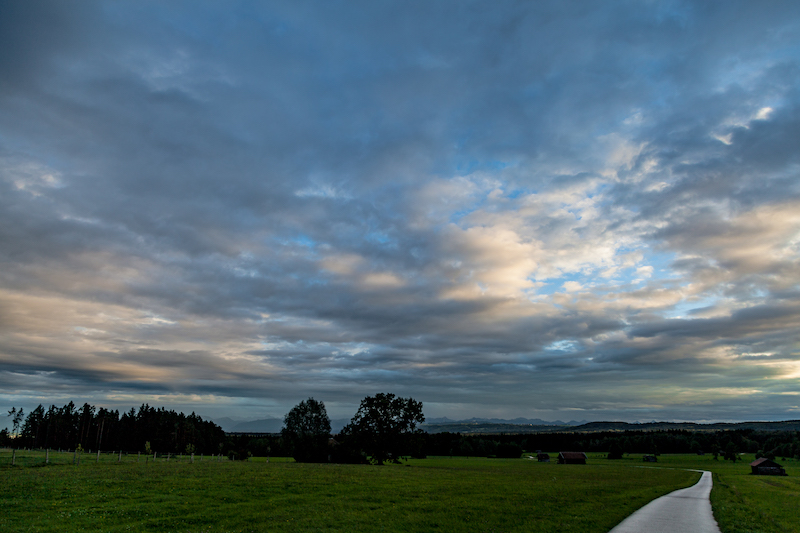Januar 2019 beginnt mit Schneemassen
Nach dem fünften Januar begann es in den nördlichen Alpenregionen zu schneien. Doch an einigen Orten geriet der Wintertraum bald zu einem regelrechten Albtraum. Es hörte nicht mehr auf zu schneien. Einzelne Orte in Österreich und in Deutschland waren bald isoliert und nicht mehr mit dem Auto zu erreichen. Zahlreiche Urlauber sitzen bis jetzt fest.
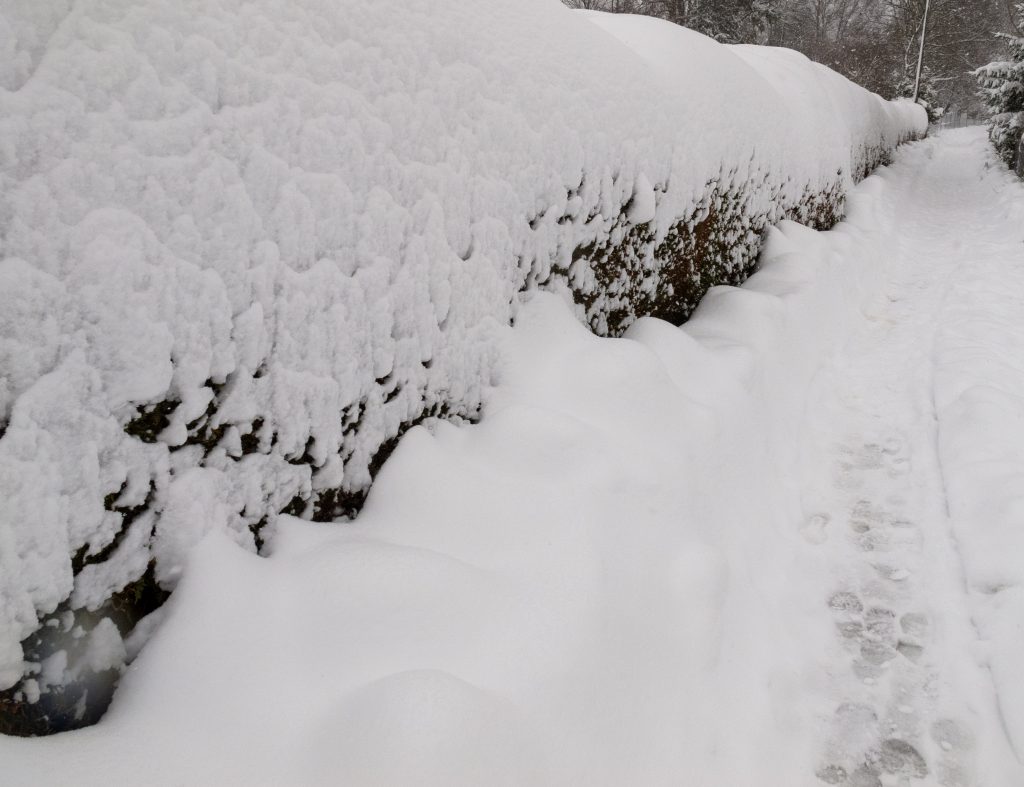
Umgestürzte Bäume lagen auf Schienen und blockierten die Straßen. Sie wurden für Fußgänger ebenso zur tödlichen Gefahr. In Oberbayern wurde in Berchtesgaden, Garmisch-Partenkirchen und drei weiteren Landkreisen der Katastrophenfall ausgerufen. Der Schnee wuchs und wuchs. So wurde er für die Dächer zu schwer.
Inzwischen sind erste Hausdächer eingestürzt. Die Lawinengefahr stieg stündlich und steigt noch weiter. Tragische Unglücke passierten, weil Ski-Touristen die Warnungen der Behörden mißachteten. Auf dem Land kam es aufgrund winterlicher Straßenverhältnisse zu zahlreichen Unfällen.
Am Abend des 12. Januar begann sich die Situation weiter zuzuspitzen. Es gab wieder starken Schneefall, der auch weiter anhält. Dabei steigen die Temperaturen in niedrigeren Regionen. Das Problem: Der Schnee wird dadurch viel schwerer. Die Gefahr von Schneebruch und einstürzenden Dächern steigt.
Für den 13 Januar ist ab Nachmittag Sturm angekündigt. Er entstammt einem weiteren Tiefdruckgebiet, das sich aus dem Norden nähert. An der Nordsee gab es bereits eine Sturmflut. Eigentlich ist die Zeit Mitte Januar eher ruhig und kalt mit lang anhaltenden Hochdruckgebieten. Man spricht auch vom “Hochwinter”.
Wetterforscher sagen, dass diese Situation auch in Beziehung zu den veränderten Klimabedingungen in der Arktis stehen könnte. Es ist in gewisser Weise das Spiegelbild der Lage vom letzten Sommer. Damals bewegten sich die Hochdruckgebiete aufgrund des erlahmten Jet-Streams nicht mehr von der Stelle und erzeugten so die Dürre. Nun gibt es einen Wetterzustand, wo immer wieder Tiefdruckgebiete gegen die Nordseite der Alpen mit ihren Niederschlagsgebieten drücken. Wieder gibt es insgesamt wenig Austausch in der Atmosphäre: Die gleiche Wetterlage bleibt wie angefroren über Wochen erhalten. Man vermutet als Ursache wieder die veränderten Klimaverhältnisse in der Arktis, die zu anderen Windverhältnissen in der Höhe führen.
Extreme Situationen im Winter gab es zuvor schon 2006 und 1999. Damals kam es zu einer schrecklichen Lawinentragödie im österreichischen Glastür. Seitdem wurden allerdings eine ganze Menge Schutzmaßnahmen in den Alpen umgesetzt.
Trotz allem ist der Winter auch immer ein großartiges Fotomotiv. Wind und Schnee schaffen einzigartige Skulpturen. Wenn man genauer hinsieht, kann man hier und da im Schnee ein blaues Licht erkennen. Dies geschieht durch die Lichtbrechungen von Licht, das unter die Oberfläche des Schnees eindringt.
